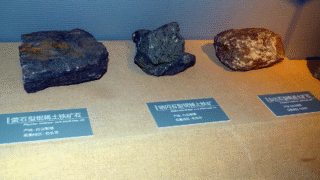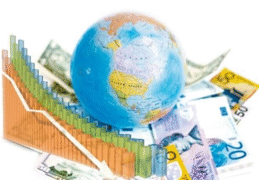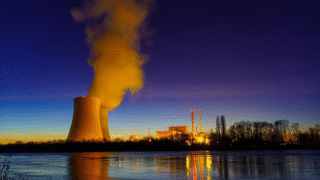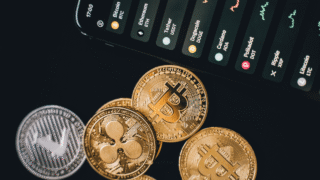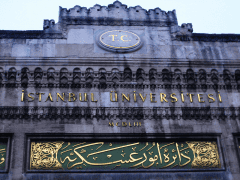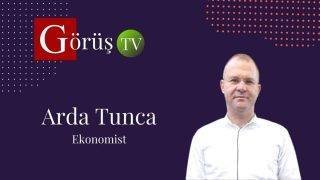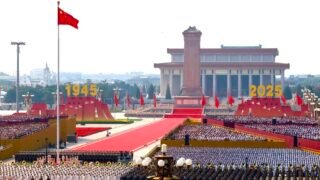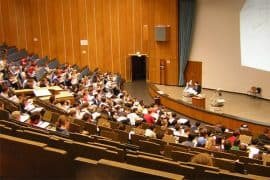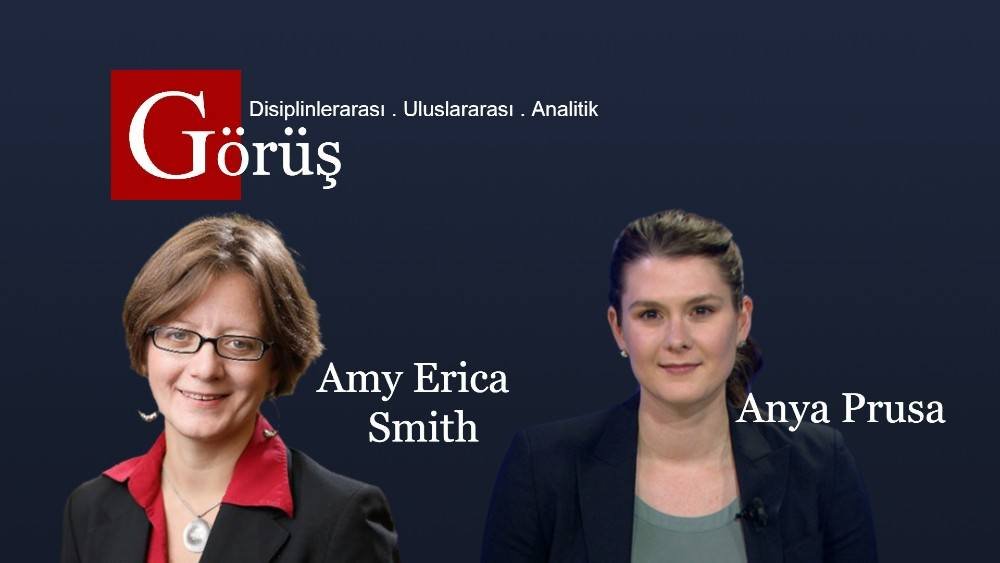
The dry season returned to Brazil’s Amazon region in late July—and with it, forest fires. After making substantial progress in reducing deforestation in the 2000s and early 2010s, Brazil has reversed course. Satellite images from the first ten days of August indicate this season is on course to be the worst in more than a decade. Fires are up 81% from the same period last year, which was itself the worst in the prior decade.
The problem isn’t just in the Amazon. In July, human-made fires rose a staggering 241% in Brazil’s Pantanal wetlands, in comparison with the same month in 2019. In recent days, fires have destroyed at least 70% of the vegetation of the world’s largest hyacinth macaw refuge in the Pantanal. Today, 85% of Brazil’s coastal Atlantic Forest – home to 223 endemic bird species and over 4,000 species of trees – has disappeared. The soy and cattle industries also endanger many of the 11,000 native plant species of the Cerrado biome.
Forest fires are usually not natural or accidental in Brazil, especially in the Amazon. Since the Portuguese first arrived on the land they named for the brazilwood tree, chopping and burning trees has been central to Brazil’s model of development. Ranchers, the soy industry, small farmers, and wildcat miners take advantage of the dry season to slash-and-burn, chopping down vegetation and then burning it when conditions become dry enough—much of the time illegally.
This time last year, international outcry over Brazil’s 2019 fires succeeded in prodding the administration of right-wing President Jair Bolsonaro to clamp down on illegal land clearing. But the increased vigilance was temporary. In the first half of 2020, environmental fines dropped 60 percent, and satellite monitoring systems registered an alarming uptick in illegal land clearing.
Scientists warn that the world’s largest rainforest could soon reach a tipping point, transitioning into a savanna as trees die and fires and droughts intensify in a death spiral. Converting the entire Amazon to pasture would add an estimated 0.25 degrees Celsius to global temperature rise.
Increasingly, economists and environmentalists agree on the need to act. Last month, former Brazilian finance ministers and Central Bank presidents issued an open letter calling for a “green” economic recovery from COVID-19.
Our new report shows that cycles of inferno and conflagration are not inescapable. Over the course of a year, we listened to the perspectives of policymakers, environmental and social scientists, civil society, the business community, and ordinary Brazilians.
Together, their views present an emerging consensus for how to slow deforestation and rebuild Brazil’s forest stocks.
Our interviewees endorsed moving on three fronts.
The first is to keep pushing for more ambitious policies. Brazil’s fixed emissions commitments at the Paris Accords were an environmentalist victory, but a recent UN report estimates they are insufficient to keep global warming below the 2 degree Celsius maximum target.
In the medium term, however, President Bolsonaro – who campaigned on the (unfulfilled) promise to abandon the Paris Accords and once suggested defecating every other day to protect the environment – may block most legislative efforts. And laws and international commitments are just words on paper. They can’t implement themselves.
That brings us to the second front: fair and consistent environmental enforcement. At present, laundering cattle and logging on public lands are lucrative business.
Local NGOs, indigenous communities, and business leaders all provide public support for enforcement. International pressure also helps, as we saw following forest fires last August. Now, domestic and international pressure are again ramping up. However, monitoring a region roughly the size of the forty-eight contiguous United States requires sustained attention and resources.
But what if we rethink economies so that people don’t even want to deforest? Many of our interviewees were reimagining individual incentives for sustainability. This third front develops a new vision for economic development in Brazil’s threatened regions. Here, international investors are critical.
Most famously, European donors are paying Amazon residents to preserve the forest via the REDD+ carbon pricing scheme. However, as Cambridge University geographer Christopher Schulz explained, funding stewardship in one corner of a forest may just encourage farmers, loggers, and miners to shift elsewhere.
The world needs would-be farmers, miners, and loggers involved instead in low-carbon economic development. Romantic images of an untouched, unpopulated Amazon are just that. Long before Europeans arrived, indigenous peoples were shaping the ecology of the forest to feed and house their families. The fact is, the Amazon is home to 30 million people who will find a way to earn a living.
Today, the Amazon Creative Labs are creating new and lucrative value chains from forest crops such as the brazil nut and the açai berry. The prominent climate scientist Carlos Nobre explains that the goal is to build a “bio-economy” that “leaves the forest standing.”
A standing forest economy will require skilled labor. “We should be spending 100 times more” to train the next generation of entrepreneurs, says Denis Minev, a business leader and founder of the Sustainable Amazon Foundation: “that would change the Amazon.”
Even agriculture and energy, traditionally carbon-intensive industries, hold promise. R&D and capital investments in sustainable agriculture and ranching are increasing. Kathryn Hochstetler of the London School of Economics reports that Brazil’s wind and solar industries have “begun to show a green spiral, where environmental and industry dynamics become mutually reinforcing.”
Brazilians are keenly aware that their local environments are changing, threatening the globe. However, seeing the pattern is easier than changing the economic systems generating it.
Increasingly, climate scientists and economists agree about the need to jettison a longstanding narrative that pits economic development against environmental protection. Deforestation once built Brazil’s economy, but standing forests may hold its future.
The Wilson Center released the report “Building a Sustainable Future in Brazil: Environment, Development, and Climate Change” on July 20.

Amy Erica Smith is an associate professor of political science as well as a Liberal Arts and Sciences Dean’s Professor at Iowa State University. She is an Andrew Carnegie Fellow, and recently completed a Wilson Fellowship at the Wilson Center.

Anya Prusa is Senior Associate and manager of the Brazil Institute at the Woodrow Wilson International Center for Scholars.
